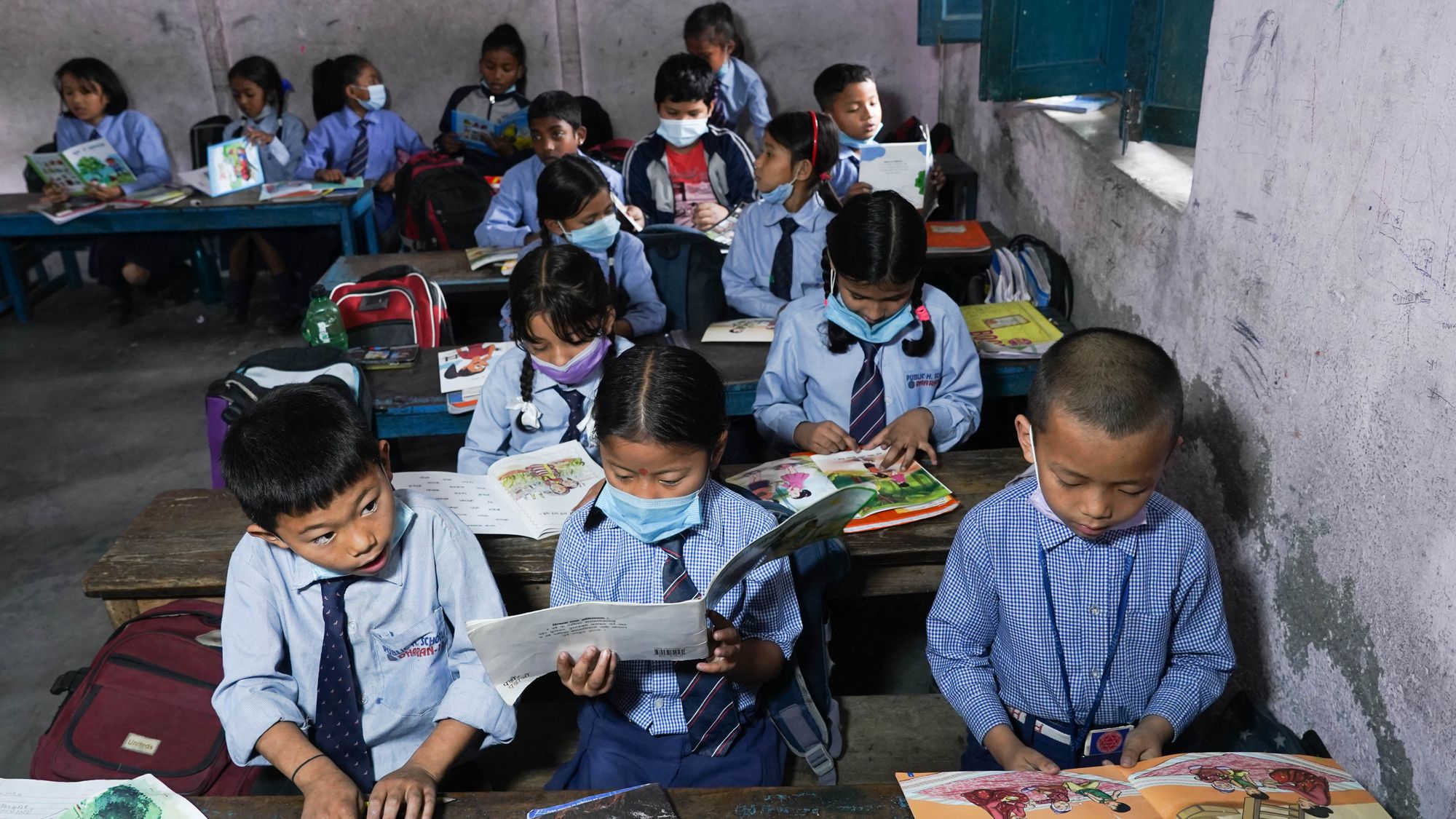
Prioritized Minimum Enabling Condition(PMEC) was introduced by The Department of Education (DoE) under its School Sector Reform Plan (SSRP) in 2013 after the failure to ensure 25 child-friendly Minimum Enabling Condition Indicators (MEC). In MEC, the tasks were enormous, and the budget was limited, due to which only five criteria from the MEC were prioritized as PMEC for the acceleration of the progress. PMEC was set to be implemented in all community schools, especially primary schools (grades 1-5).
The five criteria of PMEC to ensure quality education are:
1) Student-teacher ratio;
2) Classroom space;
3) Set of textbooks per child per year;
4) Separate girls and boys toilets plus water; and
5) Book/learning corner in all classrooms.
“The prioritized minimum indicators are intended to make sure that all schools are equipped with basic facilities that cater to the diverse needs of students, including physical and learning environments,” said Roj Nath Pandey, Assistant Spokesperson at MoE.
Disparities have been reduced through need-based support, but resource constraints and the 2015 earthquake made it difficult for many schools to meet all five conditions. Data by DoE states that at the end of the SSRP period, only a few schools were meeting all 5 of the conditions.
To accelerate the progress towards these standards, KITAB Bazar focuses on the 5th priority, which is the book/learning corner in all classrooms. The platform works to maintain and deliver supplementary books for the book corners, especially in rural community schools lacking quality supplemental reading materials.